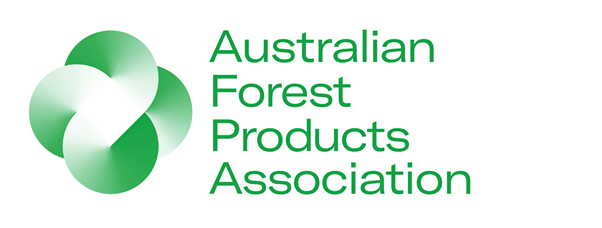

The Australian Forest Products Association (AFPA) in collaboration with other industry stakeholders and organisations including FTMA has kicked numerous goals for forest industries over past few weeks delivering on many months of hard work.
A major breakthrough came with the Federal Government’s decision to lift Carbon Farming Initiative (CFI) “water rule” barriers in Regional Forestry Hubs in Victoria and Tasmania. This a major decision that will have a positive impact in terms of access to carbon credits for production tree growers and increasing the supply of sustainable Aussie timber in the future.
We estimate this decision will potentially unlock 100 million new trees over the next decade. AFPA has been on the case about the removal of this red tape for years and its great to have progress. It’s important these restrictions are now removed in all remaining Hubs.
AFPA has also been pushing forest industries as a major part of the climate change and carbon mitigation solution in the lead up to world climate talks at COP26 in Glasgow and the Federal Government’s commitment to achieving net-zero emissions by the middle of the century.
As part of AFPA’s advocacy we have released a new explainer document Storing Carbon for A Cleaner Future: A Snapshot.
That document also follows our work producing Australia’s Timber Framing Cliff – 250,000 house frames short by 2035 producing modelling that demonstrates without rapidly expanding our plantation estate by 2030, Australia would be 250,000 house frames short of demand by the year 2035. This is a major wakeup call for policy and decision makers, and we are using this information to further push the case for more trees to be planted.
After convening a Roundtable earlier in the year with Minister Duniam on the construction timber shortage and working with the government on solutions we welcomed the $15.1 million announcement by the Federal Government of further support to move additional bushfire affected construction timber to sawmills to help meet the strong timber demand, and especially the opening of the program to the timber currently economically stranded on Kangaroo island in South Australia that would provide timber for up to 10,000 homes.
On 14 October Safe Work Australia (SWA) met to consider recommendations for new Workplace exposure limits including wood dust. After extensive industry wide engagement with governments led by AFPA the Safe Work Australia Board agreed to adopt as an interim position industry’s position of reducing the Softwood dust levels to 2mg/m3 (from 5mg/m3) and retain the Hardwood dust levels at 1mg/m3 (instead adopting SWA recommendations to reduce both hardwood and softwood to 0.5mg/m3). This aligns us with the majority of leading international regulators. Safe Work has been tasked to undertake more work to consider the Australian context and address the concerns of industry.
AFPA would like to thank all those that have contributed to these initiatives and helped to deliver for this great industry.
Gold Sponsors



